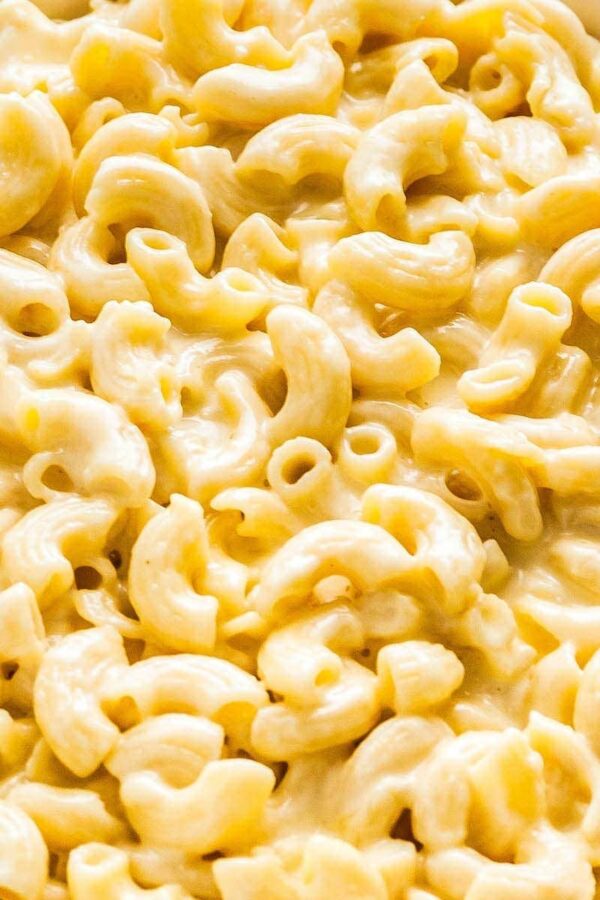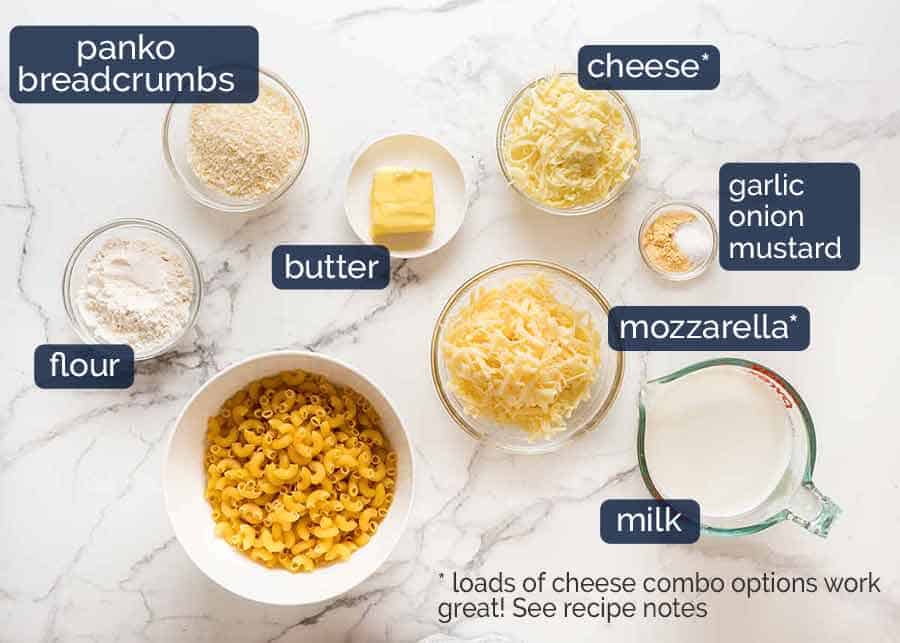

When adding a liquid to a roux, it should be added slowly and constantly whisked.Ī roux with vegetable oil can be stored for several weeks without refrigeration however, a roux with a butter base should always be refrigerated or frozen. If you are making your own, then all you’ll need is 1-2 cups of milk, 2 tbsp of butter, salt to taste, and some vegetable oil for greasing the pan. That mixing should be continued as flour is very gradually added to prevent clumping.īe vigilant as you watch the colors turn for the type of roux you would like to achieve. Another way to thicken mac and cheese without using a roux or corn starch is by using ricotta cheese. Some tips and tricks for making and keeping a delicious roux include making it with patience.
#How to make butter flour roux for mac and cheese how to#
Once you’ve gotten down how to make roux, experiment with good ways to pair roux and explore new dishes and sauces such as a Creole Shrimp Étouffée, Béchamel, and Espagnole. Mastering this quick technique for developing a thickening agent will step your food game up a notch, putting your dishes on par with your favorite restaurants’. Consider applying a roux recipe to your next cheese dish such as a hardy cheese sauce or a filling mac and cheese. This basic recipe is excellent for gumbo, stew, beef gravy, Southern tomato gravy, or even a potato soup or chowder. There are a few important things to note about making a. This is what makes the gooey sauce: cheese by its would be too sticky. For mac and cheese, you make a roux and then add the cheese. It’s usually made from equal parts of flour and butter. It is then blended until a smooth texture appears and it is cooked to the desired. A roux (pronounced Roo) is flour and butter cooked together and used to thicken sauces. The butter is heated on the stovetop and the flour is added to the melted butter. It is made by adding equal parts of both flour and fat. It is used to thicken sauces and gravies. The table below outlines generally how much roux to use per cup of liquid based on how thick you would like the soup or sauce to be. Roux officially pronounced as ru is a mix of flour and butter cooked together. If you are using the roux at a later time and it is cold or room temperature, simply whisk it into the simmering sauce until it thickens. If you just made the roux and it is hot in the saucepan, slowly whisk in the liquid that you will be using for the sauce and simmer until thickened (make sure you check out how much roux to use below first). But what exactly is this stuff that we have to label it "product" and can put it in the unrefrigerated section? (I've heard from some Canadian friends that they have Velveeta that's actually made of CHEESE!! I'll admit I'm a little jealous that we got the short-stick on that one here in the States.)ĪT LAST, I have made a recipe that gets rid of BOTH of these problems and still results in a delicious, creamy, cheesy mac and cheese without flour or any sort of cheese "product." What's even better is that this mac and cheese without flour is truly as easy as making macaroni and cheese with the "cheese product!" The easiness (and clean-up!) rival the boxed macaroni and cheese.You can now use the roux to thicken soups, sauces and stews. It's smooth and creamy with a great texture. Using Velveeta or other cheese "products." Making the cheese sauce with these cheese products is, quite frankly, delicious. The creamy cheesy texture is also slightly distorted to mildly gritty.Ģ. The problem with this is that no matter how much cheese you put in the sauce, you can still get a mild flour flavor. Starting the cheese sauce with a roux, or basic white sauce.

My motto is "if it doesn't have cheese in it, it's not worth eating." So a food where the main ingredient is cheese? Count me in!! I've experimented with making different mac and cheese recipes here at home and I've come across two main problems:ġ. Just REAL cheese to make this gooey, creamy comfort classic. Creamy mac and cheese without flour or cheese product.


 0 kommentar(er)
0 kommentar(er)
